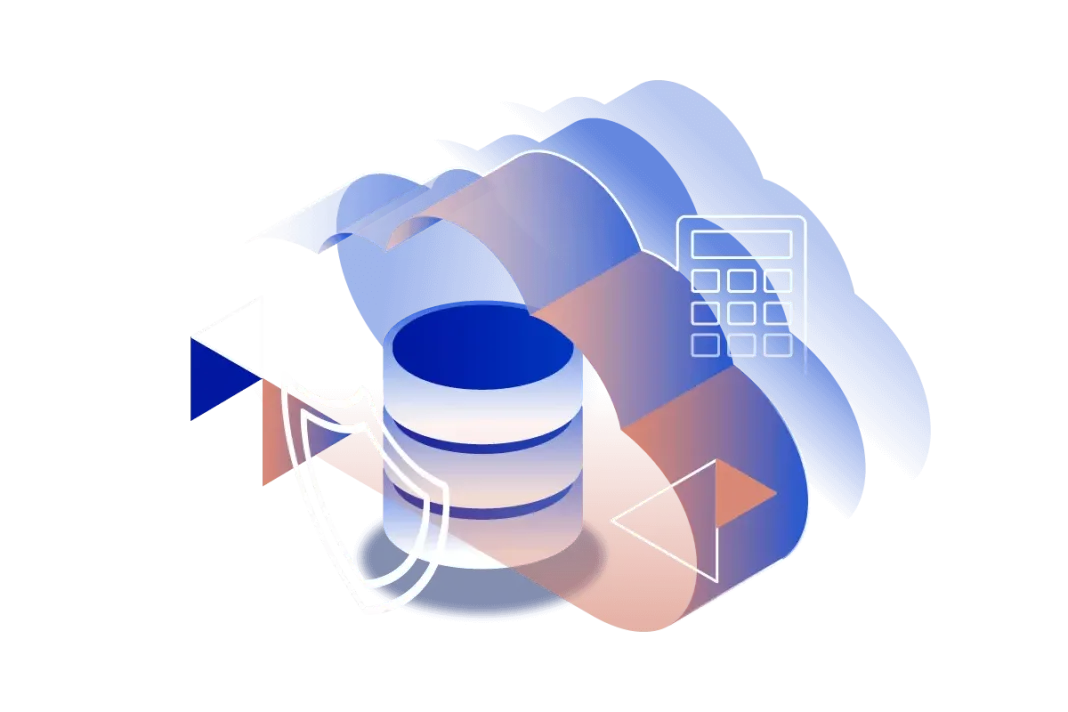Cloud technology has significantly transformed how businesses function in the realm of IT asset management. The shift from methods like spreadsheets or on-premise software to cloud-based IT asset management software is clear. This article delves into the advantages of using cloud-based IT asset management software, highlighting how it can streamline operations, boost efficiency, and foster business growth.
1. Improved Accessibility and Flexibility:
A key benefit of cloud-based IT asset management software is its accessibility. Unlike on-premises solutions that require server access or specific hardware, cloud-based software allows users to manage their assets from any location at any time. This flexibility supports work-team collaboration across locations and overall productivity enhancements.
2. Heightened Security Measures:
Security concerns are a consideration with even the best IT asset management software solutions. However, reputable cloud providers typically employ security measures to safeguard data. These measures may include encryption protocols, hosting environments, multi-factor authentication procedures, and regular data backups. By leveraging the expertise of these vendors in security practices, companies can enhance the protection of their IT resources and reduce the likelihood of data breaches or losses.
3. Enhanced Flexibility:
The flexibility provided by cloud-based IT asset management software is a benefit for expanding businesses. Traditional on-premise solutions often necessitate hardware upgrades or new setups to accommodate growing workloads or business expansions. In contrast, cloud-based software allows companies to easily adjust the scale of their asset management system as required without infrastructure investments.
4. Processes with Automation:
Manual tracking processes for assets are susceptible to errors and inefficiencies. The automation capabilities of cloud-based IT asset management software address these challenges by consolidating all asset data in one location. Automation streamlines tasks like device detection facilitating identification of deployed assets. Consequently, companies can access a real-time overview of their asset portfolio, track assets precisely, and make informed decisions throughout their lifecycle.
5. Cost-effectiveness and Return on Investment:
Cloud-based IT asset management software offers a cost option for businesses across scales by eliminating the need for on-premises infrastructure investments and reducing expenses related to software installation and maintenance. Companies can actively keep an eye on how they’re using their assets to spot any that are not being fully utilized or are outdated. This helps them make decisions about their IT expenses and get the most out of their investments. Moreover, scalability allows businesses to only pay for the services they need as they expand.
6. Seamless Integration with Other Systems:
Another benefit is integrating cloud-based IT asset management software with essential business systems like IT service management tools. This seamless integration enables the sharing of asset data between systems, leading to improved workflows and quicker incident resolution. By linking assets in the IT service desk with configuration items in the IT asset management system, managing changes becomes easier, and accessing accurate information for issue resolution is streamlined.
7. Compliance and Risk Management:
In today’s business landscape, staying compliant with regulations and effectively managing technology-related risks are priorities for organizations. Cloud-based IT asset management software comes equipped with features like audit trails that help companies track documentation such as licenses, certifications, warranties, and expiration dates. Real-time monitoring ensures that organizations comply with regulations and avoid issues caused by software versions or expired warranties.
8. Real-time Reporting:
IT asset management software in the cloud offers analytics and reporting features that give companies valuable insights into how their assets are performing, how they’re being used, and what financial factors to consider. By using real-time data and customizable reports, businesses can make informed decisions about where to allocate resources, budgeting strategies, and planning for tech needs. Being able to generate reports helps companies identify inefficiencies or areas where they can save costs, ultimately leading to better operational efficiency.
9. Enhanced Communication:
In today’s interconnected business world, collaboration is key. Cloud-based IT asset management software promotes collaboration by allowing teams from departments or locations to work together seamlessly. It lets multiple users access, update, and share asset information at a time in a system. These features enhance communication among teams involved in IT processes like procurement, maintenance, and asset retirement. With improved collaboration tools in place, organizations can streamline workflows efficiently. Reduce response times.
In Summary:
Embracing cloud-based IT asset management software brings advantages such as increased accessibility, heightened security measures, cost-effectiveness, and streamlined processes through automation. Its scalability also allows for integration with systems like IT service management. Its features focus on compliance and assist companies in handling risks related to obligations. In the changing world of business today, using cloud technologies remains an approach to enhancing operations, boosting productivity, and fostering overall expansion.

